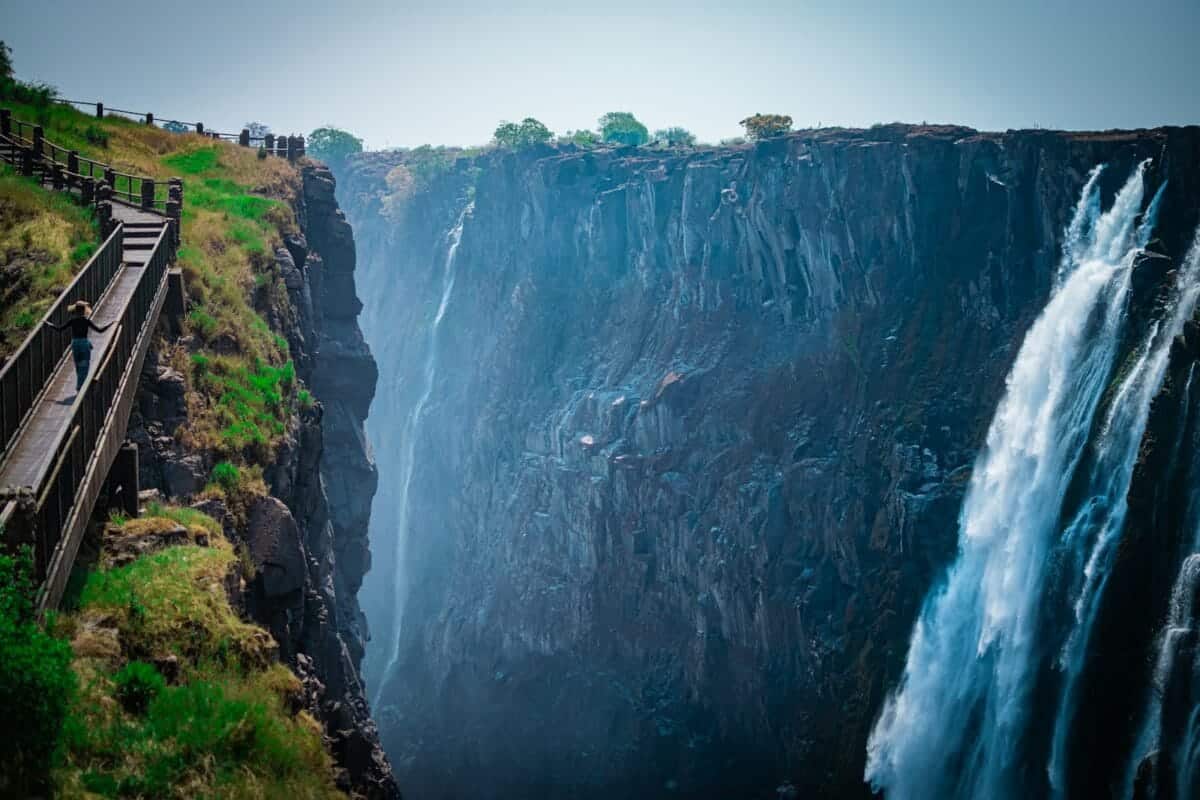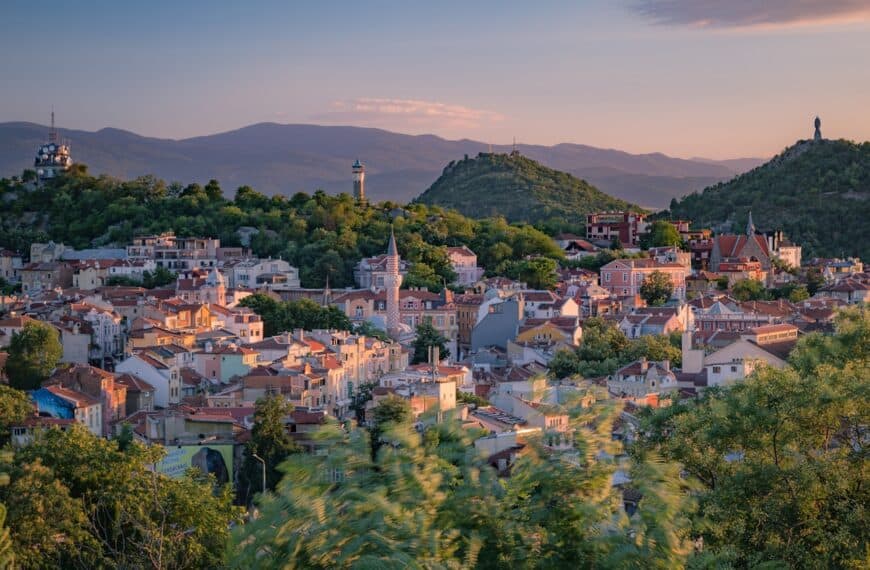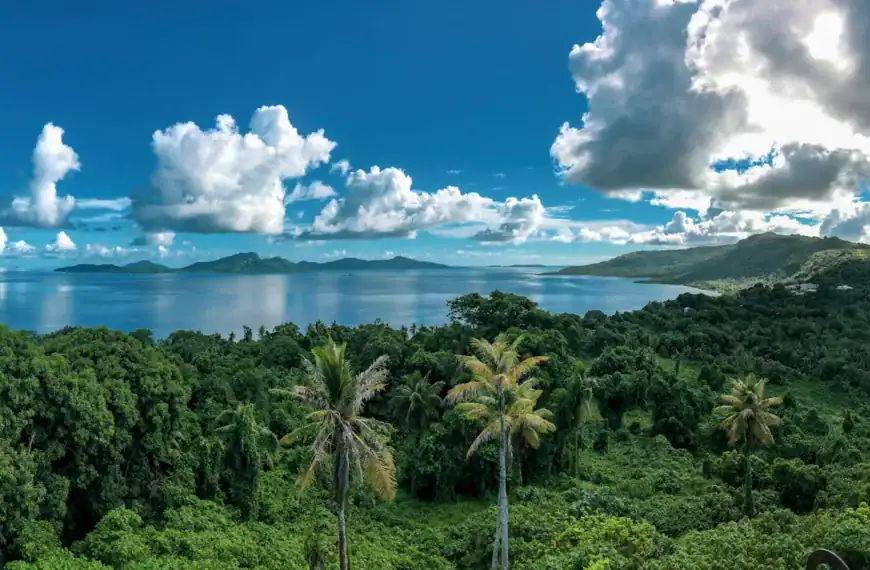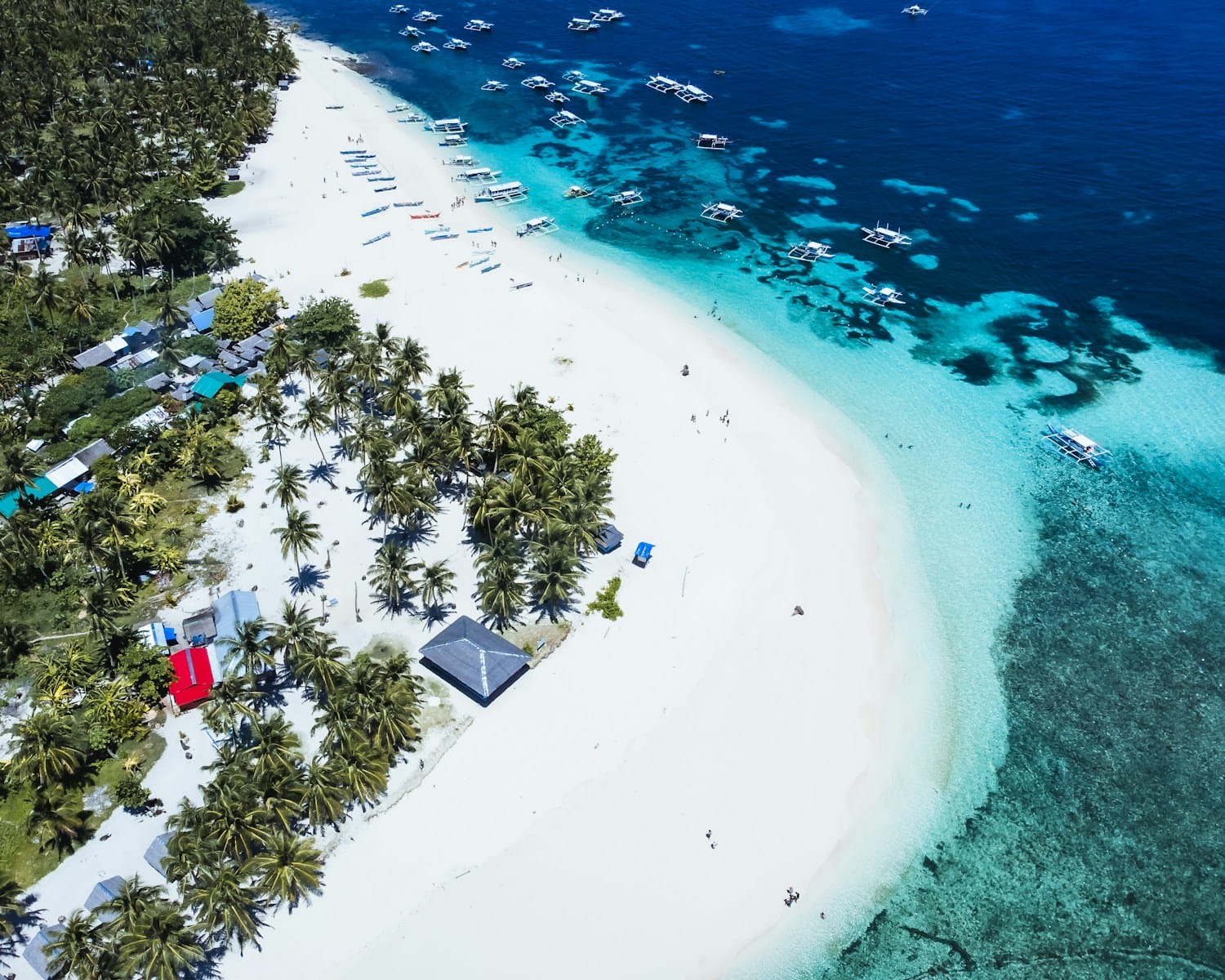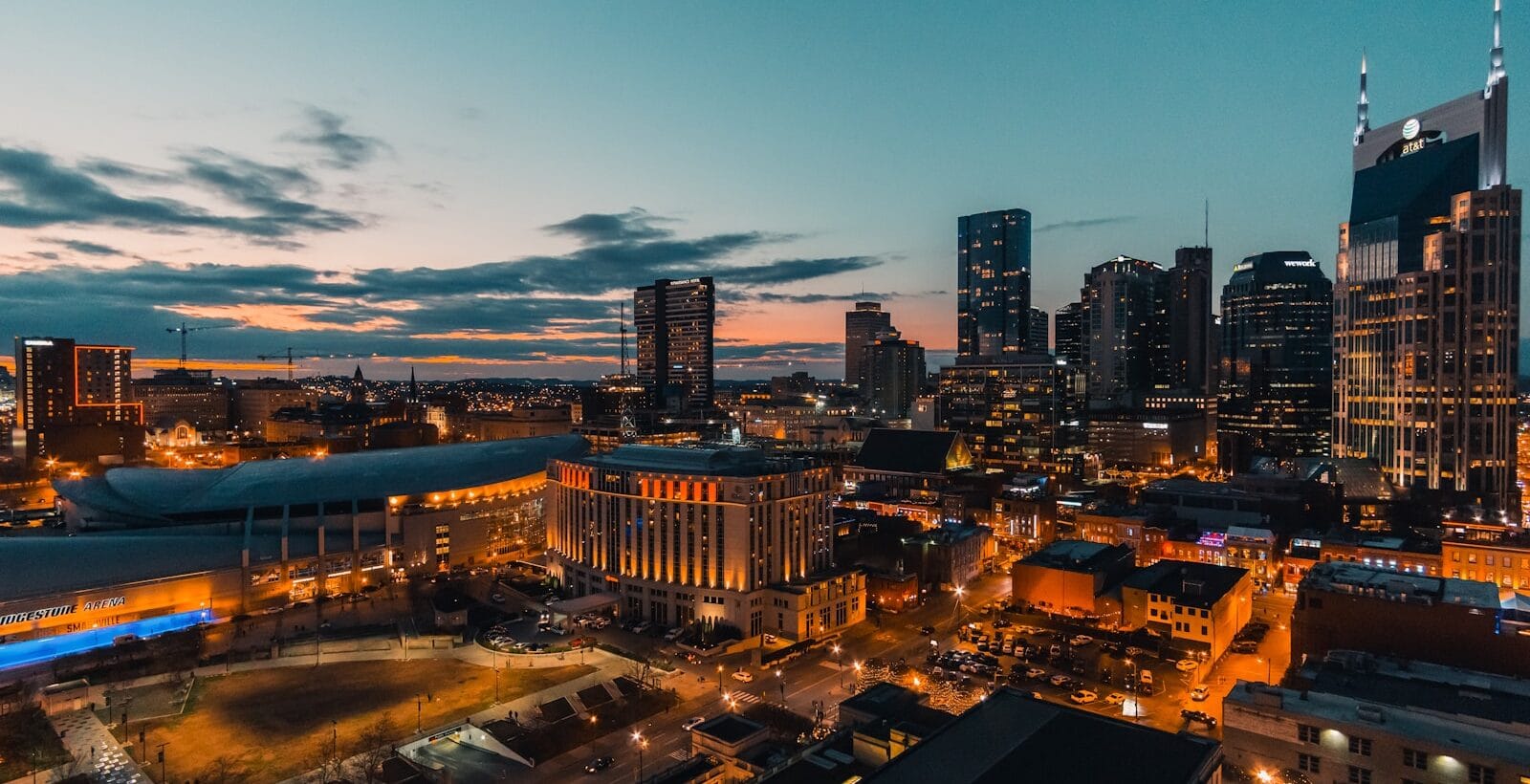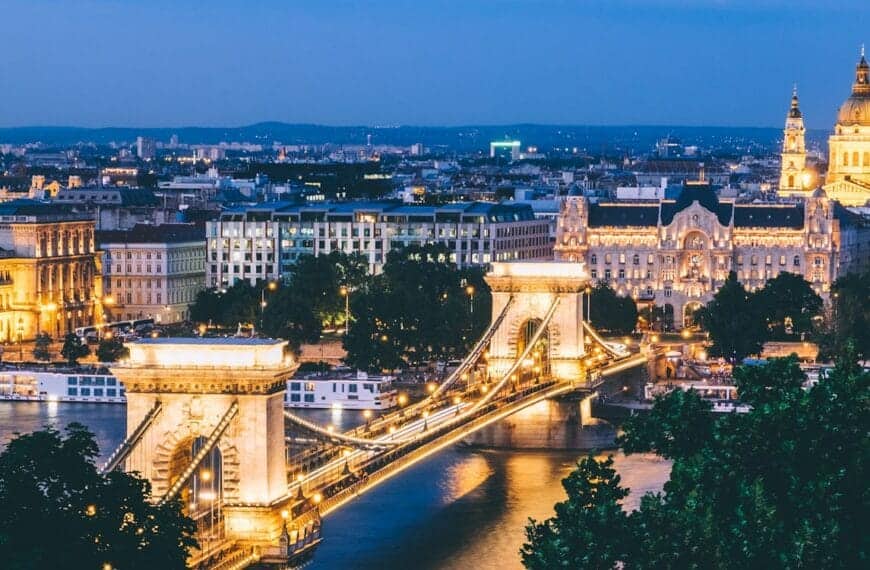Zambia Travel Guide: Waterfalls, Wilderness & Warm Hospitality
Intro to Zambia Travel Guide
Zambia is where nature roars louder, skies stretch wider, and every riverbank hides a story. Often overshadowed by its safari-famous neighbors, Zambia remains one of Africa’s most unspoiled and authentic destinations — a place where you can witness thundering waterfalls, canoe alongside elephants, and share fireside stories with local guides.
Home to the legendary Victoria Falls and some of Africa’s finest national parks, Zambia is a paradise for explorers, conservationists, and cultural travelers seeking more than just a photo op. From the remote plains of Liuwa to the leaping shoals of the Zambezi, this is a country that still moves at the rhythm of the wild.
Start planning your adventure with our complete Zambia Travel Guide — featuring regional highlights, wildlife hotspots, travel costs, seasonal tips, and unforgettable things to do in Zambia.
💡Quick Facts:
Destination: Zambia
Continent: Africa
Country: Zambia
Administrative Division: 10 provinces
City: Capital – Lusaka
Area: 752,618 km²
Population: ~20 million (2024 est.)
Density: ~26 people per km²
Capital: Lusaka
Regions/Subregions: Copperbelt, Eastern, Luapula, Lusaka, Muchinga, Northern, North-Western, Southern, Western, Central
Official & Regional Languages: English (official); Bemba, Nyanja, Tonga, Lozi, and others widely spoken
Currency: Zambian Kwacha (ZMW)
Time Zone(s): Central Africa Time (UTC+2)
Airports:
– Kenneth Kaunda Intl Airport (LUN) – Lusaka
– Harry Mwanga Nkumbula Intl Airport (LVI) – Livingstone
– Simon Mwansa Kapwepwe Intl (NLA) – Ndola
Climate: Tropical with distinct wet and dry seasons
Known For: Victoria Falls, walking safaris, national parks (South Luangwa, Kafue, Lower Zambezi), Zambezi River, rich tribal cultures
🛂Arrival Info:
Entry Requirements:
– E-Visa or Visa on Arrival for most nationalities
– Passport validity of at least 6 months
Visa-Free Countries: South Africa, Zimbabwe, Botswana, Kenya, others
Visa-on-Arrival: Available for EU, U.S., UK, Australia, Canada, and many others
Maximum Tourist Stay: 90 days per calendar year
Electronic Travel Authorization: Available online
Visa Portal
Customs Info
💉Health Info:
Recommended Vaccines: Yellow Fever (if arriving from risk country), Hepatitis A & B, Typhoid, Malaria prevention advised
Health Advisories: Malaria is a risk year-round; bottled water recommended
Hospitals: Public and private facilities in Lusaka and major cities
English-speaking Clinics: CIDRZ, CFB Medical Centre (Lusaka), Medland Hospital
Terrain-specific Concerns: Mosquito-borne diseases, tsetse flies in game areas
Insurance: Strongly advised — include medevac coverage
✅ Check travel insurance options for travel emergencies, delays, and medical needs abroad — Get coverage here
✅ Stay Informed with Official Updates: WHO – International Travel & Health | CDC – Travel health updates
🚨Travel Advisory:
Current Alerts: None major; avoid political demonstrations
General Safety Level: Level 2 – Exercise Increased Caution
Regional Restrictions: Border sensitivities in remote zones
Local Risks: Pickpocketing in markets, minor corruption in traffic stops
Civil Rights Concerns: Public protests require permits; LGBTQ+ laws conservative
✅ Stay Informed with Official Updates: US Travel Advisory | UK Foreign Travel Advice
📅Holidays:
Major National Holidays:
– Independence Day (Oct 24)
– Africa Freedom Day (May 25)
– Heroes & Unity Days (1st Monday & Tuesday of July)
Local Events:
– Kuomboka Ceremony (Lozi people, March–May, Barotse Floodplain)
– Nc’wala Ceremony (Ngoni people, February)
💰Visitor Info:
Currency: Zambian Kwacha (ZMW)
Exchange Tips: Use banks or official exchange offices
ATMs: Available in cities and towns; Visa widely accepted
Cards: Credit cards accepted in hotels, upscale restaurants
Tipping: 5–10% standard; safari guides: $10–$20 per day
Tourist Taxes: 16% VAT on services; park entry fees vary by region
Daily Budget:
– Budget: $50–$80 USD
– Midrange: $120–$250 USD
– Luxury: $400+ USD (safari lodges, private guides)
✈️Airports:
Zambia has several international and regional airports:
Kenneth Kaunda International Airport (LUN) – Lusaka: Main international hub.
Harry Mwanga Nkumbula Airport (LVI) – Livingstone: Gateway to Victoria Falls.
Simon Mwansa Kapwepwe Airport (NLA) – Ndola: Northern business region.
Mfuwe Airport (MFU) – Closest to South Luangwa National Park.
Carriers include Ethiopian Airlines, Emirates, Kenya Airways, Proflight Zambia.
✅ Delayed or canceled flight? Check if you’re eligible for compensation
🚍Transport:
Local: Minibuses, taxis, and app-based services like Yango in Lusaka
Intercity: Long-distance coaches (Mazhandu, Power Tools)
Driving Laws: Left-hand side; IDP recommended
Rental Cars: Available in Lusaka and Livingstone
Common Scams: Unmetered taxis, unofficial guides
✅ Book reliable airport transfers and in-city rides in advance. Reserve your ride here
📶Connectivity:
SIM/eSIM: MTN Zambia, Airtel Zambia, Zamtel — available at airport and shops
Mobile Coverage: Strong in cities; weak in remote national parks
Public Wi-Fi: Available in malls, hotels, and some cafés
Roaming: Expensive; local SIMs recommended
✅ Stay connected abroad with affordable eSIM data packs. Get your eSIM here
📜Laws & Etiquette:
Drinking Age: 18
Alcohol: Legal; common in social settings
LGBTQ+ Status: Laws are conservative; discretion advised
Etiquette: Greetings matter; respect elders and tribal customs
Cultural Taboos: Public displays of affection discouraged
Photography: Avoid photographing government buildings or military sites
🛡️Emergency Info:
Emergency Numbers:
– Police: 991
– Ambulance: 993
– Fire: 993
Tourist Assistance: Contact through local police or Zambia Tourism Agency
U.S. Embassy
Tourism Site
✅ Use embassy locator tools: Embassies Worldwide
🌦️Weather:
Climate Type: Tropical savanna and steppe (Köppen: Aw)
Best Time to Visit: May to October (dry season, best for safaris)
Rainy Season: November to April — roads may become impassable
Hottest Months: September–November (can reach 35°C/95°F)
Coolest Months: June–August (lows around 7°C/44°F at night)
✅ Stay prepared—check the weather forecast for your destination — Weather Forecast
Zambia by Region – Where to Go
Zambia is landlocked but blessed with rich ecosystems across its provinces. Here’s a region-by-region look at where to go:
Southern Province
- Livingstone – The adventure capital and gateway to Victoria Falls. Enjoy whitewater rafting, bungee jumping, and sunset cruises on the Zambezi.
- Victoria Falls (Mosi-oa-Tunya) – A UNESCO World Heritage Site and one of the world’s largest waterfalls. Visit both sides (Zambia/Zimbabwe) for full perspective.
Eastern Province
- South Luangwa National Park – Known for walking safaris and incredible leopard sightings. Mfuwe is the main access point.
- Chipata – A cultural city near the Malawi border, often used as a stopover.
Western Province
- Liuwa Plain National Park – Remote and raw. Known for Africa’s second-largest wildebeest migration and conservation success stories.
- Mongu – Base for exploring Barotseland and Lozi culture.
Northern Province
- Kasama & Shiwa Ng’andu – Rolling highlands, colonial estates, and sacred waterfalls like Chishimba.
- Lake Tanganyika – Africa’s deepest lake, ideal for snorkelling, boat trips, and relaxing near Mpulungu.
Central Province
- Kabwe & Kapiri Mposhi – Transit hubs with railway history and copper mining roots.
- Nsumbu National Park – On the shores of Lake Tanganyika, a remote safari experience.
Lusaka Province
- Lusaka – The capital city offers markets, nightlife, and political history. Great base for flights and logistics.
North-Western Province
- Solwezi & Kalumbila – Mining towns close to the Congolese border and parts of Kafue.
- Kafue National Park (shared regionally) – One of Africa’s largest and most underrated parks.
Top Places to Visit in Zambia
Zambia rewards explorers with dramatic landscapes, cultural wonders, and once-in-a-lifetime safari experiences. Below are the most iconic and inspiring places to visit in Zambia — grouped by travel theme to help you plan.
Waterfall Icons
- Victoria Falls (Livingstone) – Known locally as Mosi-oa-Tunya (“The Smoke That Thunders”), this is Zambia’s showstopper. View it from Knife Edge Bridge, walk through rainforest mist, or swim in the Devil’s Pool on the Zambian side.
- Kalambo Falls (Northern Province) – Africa’s second-highest waterfall, plunging into a gorge near Lake Tanganyika. Remote, hauntingly beautiful, and steeped in archaeological intrigue.
- Lumangwe & Mumbuluma Falls (Luapula Province) – Lesser-known but scenic falls in lush forest settings, ideal for offbeat exploration.
National Parks and Wildlife Havens
- South Luangwa National Park (Eastern Province) – The birthplace of walking safaris and a leopard lover’s paradise. Riverbank lodges and expertly guided foot treks await.
- North Luangwa National Park (Muchinga) – Raw, remote, and quiet — offering a rare chance to experience the bush without crowds. Permits and guided access only.
- Kafue National Park (Central/Western) – One of Africa’s largest parks, filled with elephants, lions, wild dogs, and pristine rivers. A must for serious wildlife travelers.
- Liuwa Plain National Park (Western Province) – Home to Africa’s second-largest wildebeest migration. Wild skies, hyena clans, and few other visitors.
Lake and River Escapes
- Lake Tanganyika (Northern Province) – Crystal-clear waters, fishing villages, and hidden beaches. Base yourself in Mpulungu for boat access to remote lodges.
- Lake Kariba (Southern Province) – Houseboat holidays, lakeside towns like Siavonga, and a slower rhythm of life with stunning sunsets.
- Lower Zambezi National Park (Lusaka Province border) – Canoe safaris, tiger fishing, and riverside luxury camps facing Zimbabwe’s escarpment.
Cultural and Urban Centers
- Livingstone (Southern Province) – A base for thrill-seekers, but also rich in museums, art spaces, and heritage sites. Don’t miss the Railway Museum or Mukuni Village.
- Lusaka (Lusaka Province) – Zambia’s fast-evolving capital, with art galleries, busy markets, and a growing food scene. Great for urban immersion and logistics.
- Kasama (Northern Province) – Known for Chishimba Falls, ancient rock art, and rich Bemba traditions.
Book immersive Zambia tours and experience unforgettable things to do in Zambia — from sacred waterfall treks and river safaris to tribal ceremonies and night drives under the stars.
How to Choose Where to Go in Zambia
- For iconic waterfalls and adventure sports: Head to Livingstone and Victoria Falls.
- For classic safari: Explore South Luangwa or Lower Zambezi for world-class game viewing.
- For remoteness and birdlife: Visit Liuwa Plain or Kafue National Park.
- For lake life and relaxing: Choose Lake Tanganyika or Lake Kariba.
- For cultural depth: Time your visit around a traditional ceremony or stay near Shiwa Ng’andu.
Plan your route by combining a major park, a cultural town, and a natural wonder for full immersion.
How to Get Around Zambia
Travel in Zambia can be adventurous but manageable with some planning:
- Domestic Flights – Proflight offers routes from Lusaka to Livingstone, Mfuwe (Luangwa), Ndola, and more.
- Buses & Coaches – Mazhandu, Power Tools, and others run cross-country coach services.
- Private Drivers – Available via lodges or tour operators for safaris and rural access.
- 4×4 Rentals – Ideal for self-drive adventurers, especially for Kafue or Liuwa.
- Local Transport – Minibuses (matatus) and taxis available in cities, though less reliable.
Tip: Allow extra travel time — roads can be rough, and delays are common.
Travel Budget & Costs in Zambia
Estimated Daily Costs:
- Budget: $40–70/day (hostels, buses, street food)
- Mid-range: $100–200/day (lodges, domestic flights, guided excursions)
- Luxury: $350–1000+/day (private camps, safari packages, charter flights)
Sample Prices:
- Entry to Victoria Falls: ~$20 USD
- Safari game drive (half-day): $80–120
- Budget lodge in Lusaka: $30–50
- Domestic flight (Lusaka to Mfuwe): ~$200 round trip
Money-saving tips:
- Book all-inclusive safari packages for better value
- Travel in shoulder season for discounts
- Combine self-drive with camping for flexibility
Best Time to Visit Zambia
Dry Season (May–October):
- Best for safaris; wildlife congregates near rivers
- Victoria Falls is still impressive until August
Green Season (November–April):
- Landscapes are lush and birding is excellent
- Some parks may close due to floods
- Fewer tourists and lower prices
Festival Times:
- Kuomboka Ceremony – Late March/April
- Livingstone Cultural & Arts Festival – July/August
Must-See Experiences in Zambia
- Feel the spray at Victoria Falls, one of the world’s Seven Natural Wonders
- Canoe alongside hippos and crocs on the Lower Zambezi
- Sleep under the stars in a remote bush camp in South Luangwa
- Celebrate Kuomboka, Zambia’s grandest cultural festival
- Swim in Devil’s Pool atop the edge of Victoria Falls (seasonal)
- Fish for tigerfish in the Zambezi River
- Visit the Livingstone Museum for colonial, tribal, and explorer history
- Hike the Batoka Gorge or take a scenic helicopter flight above the falls
Best Travel Itineraries in Zambia
7-Day Wildlife Highlights
- Day 1–2: Fly Lusaka to Mfuwe, enter South Luangwa
- Day 3–4: Safari walks, game drives, and river sunsets
- Day 5–6: Transfer to Lower Zambezi for canoe safari
- Day 7: Return to Lusaka or continue onward
10-Day Culture and Nature
- Day 8–10: Kafue safari and riverside lodge stay
- Day 1–2: Lusaka city and markets
- Day 3–5: Livingstone for Victoria Falls and cultural sites
- Day 6–7: Barotseland + Kuomboka festival (if timed)
14-Day Off-the-Beaten Path
- Day 1–2: Mpika and Muchinga highlands
- Day 3–5: North Luangwa for exclusive walking safari
- Day 6–8: Kasama + Kalambo Falls
- Day 9–11: Lake Tanganyika retreat near Nsumbu
- Day 12–14: Transit via Ndola or road trip south
Each itinerary balances adventure with downtime — and can be customized to match your travel rhythm.
Local Cuisine and Culinary Experiences
Zambian food reflects its river-rich geography and deep village traditions. Simple, hearty, and often seasonal — meals are shared and grounding.
Essential Dishes
- Nshima – The national staple made from maize meal, eaten with stews and relishes.
- Ifisashi – A creamy groundnut stew with spinach or pumpkin leaves.
- Kapenta – Tiny dried fish often fried and served with tomato sauce.
- Chikanda – Known as “African polony,” this wild orchid root loaf is popular in markets.
- T-bone or Village Chicken – Grilled or stewed, often served roadside.
Must-Try Food Experiences
- Livingstone Night Market – Sample grilled meats, maize snacks, and local beer.
- Kasama Village Feast – Try Bemba dishes made from cassava and wild greens.
- Siavonga Fish Braai – Enjoy freshly grilled tilapia on Lake Kariba’s edge.
Food tours are informal but can be arranged via lodges or guides. Eating your way through Zambia offers rich insight into daily life and hospitality.
Travel Safety & Cultural Etiquette in Zambia
Safety Overview
- Zambia is one of the safest countries in Africa for tourists
- Wildlife and transport pose more risk than crime
- Always take malaria precautions, especially near water
- Use trusted tour operators and avoid night travel in rural areas
Cultural Etiquette
- Dress modestly in villages and towns
- Ask before taking photos, especially of people
- Greet with a handshake and “Muli bwanji?” (How are you?) in local Bemba or Nyanja
- Accept offerings with both hands; generosity is valued
Basic English is widely spoken, but learning greetings in Bemba or Nyanja is appreciated.
Where to Go Next – Pair Zambia with These Destinations
- Zimbabwe – Cross at Victoria Falls for a twin-country experience
- Botswana – Explore the Okavango Delta and Chobe, easily reached from Livingstone or Kazungula
- Malawi – Combine safaris with lake relaxation; border near Chipata
- Tanzania – Northern Zambia links to southern Tanzania near Lake Tanganyika
- South Africa – Direct flights from Lusaka and Livingstone for urban breaks or wine country
Discover more travel guides to fill in the rest of your regional itinerary.
Discover the Wild Beauty of Zimbabwe | Uncover Botswana’s Safari Secrets | Explore Malawi’s Lakes & Landscapes | Experience South Africa’s Vibrant Diversity
Final Planning Checklist for Zambia
- Apply for an e-Visa in advance or get one on arrival (many nationalities eligible)
- Book domestic flights or safari lodges early, especially in dry season
- Carry USD and local Zambian Kwacha for rural areas
- Take malaria medication and bring insect repellent
- Pack for diverse climates: lightweight gear + warm layers
- Download maps and offline apps for navigation and wildlife guides
- Respect park rules and local customs when visiting villages
- Consider travel insurance that includes adventure and medical evacuation
Ready to experience Zambia’s wild heart and cultural soul? Visit our main site for more expert travel guides, immersive itineraries, and essential planning tips.
States and Territories of Zambia
Central Province | Copperbelt Province | Eastern Province | Luapula Province | Lusaka Province | Muchinga Province | Northern Province | North-Western Province | Southern Province | Western Province

